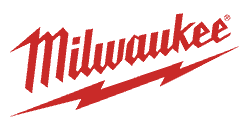
The precursor to the Milwaukee Electric Tool Corporation, A.H. Petersen Company, was founded in 1922 by A.H. Petersen and Albert F. Siebert. Petersen had developed an electric drill named the Hole-Shooter. It was light-weight (5lbs) yet powerful enough to handle heavy-duty workloads. After the success of his Hole-Shooter, he and Siebert started his company. Unfortunately, the manufacturing facility was destroyed in a fire. This was a major setback and forced them to shut the company down.
A New Beginning:
In 1924 Siebert bought the remaining assets at auction and started the business back up. He named it the Milwaukee Electric Tool Corporation. He knew the great sales potential of the Petersen Hole-Shooter. In the early years, they did more tool repairs than manufacturing. They learned from their mistakes and with this knowledge and research, they were able to develop a more durable Hole-Shooter which became very popular.
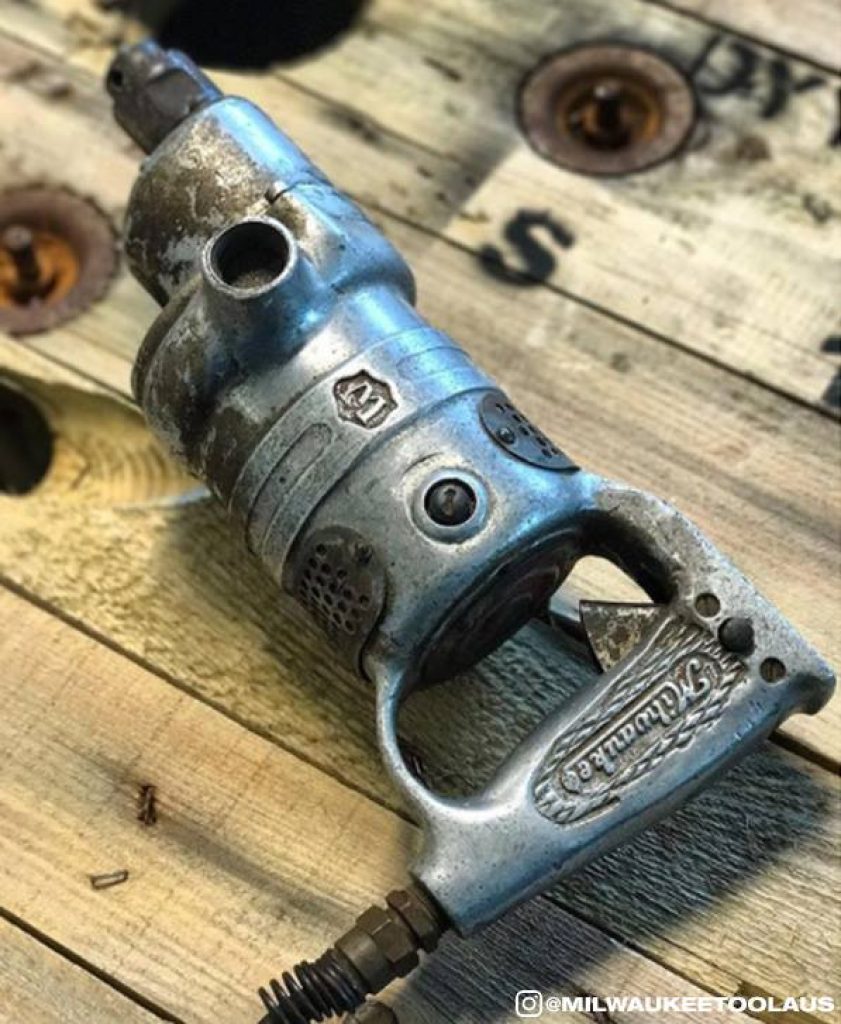
Timeline:
1930 – They obtained an equipment specification rating by the government for their newly redesigned electric drill. Then they applied these new standards to their other tools.
1935 – Developed a lightweight 3/4” electric hammer-drill to drill and drive anchors into concrete. It also had the added feature of being able to convert it to a standard drill. This success lead to development of a shorter, lighter precision drill.
Late 30’s – Due to their strong reputation, they were asked to improve existing lines of metalworking tools. Which lead to the creation of the easy to handle, single horsepower sander/grinder that was very durable and weighed only 15lbs.
WWII Years – Hole-Shooters became vital to the manufacturing of military equipment. Due to it’s popularity and specs, the Navy placed a many large orders with the company.
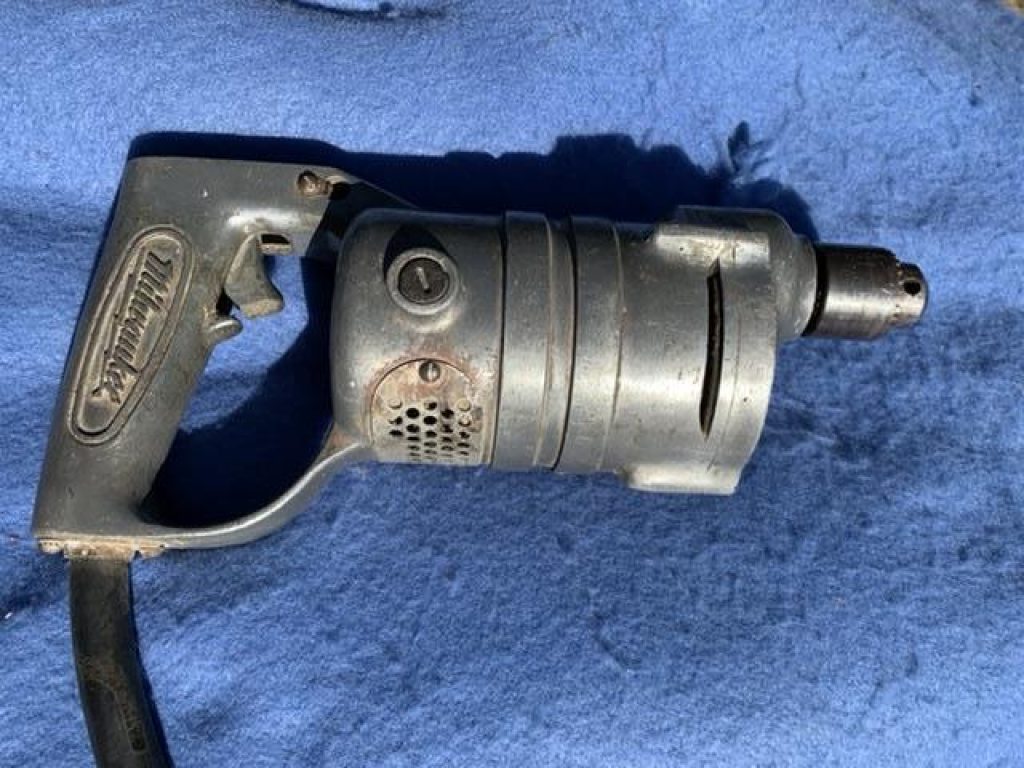
1949 – Added a spring clutch to the sander/grinder. This innovation lead to a smoother running tool with little recoil. It was so successful that they added the feature to their circular saws. They also released their first 1/2” right-angle drill which would help workers get into tight spaces.
1951 – They unveiled the Sawzall Reciprocating Saw. A defining tool for the company that is still being produced to this day. It was the first portable hacksaw with a reciprocating mechanism.
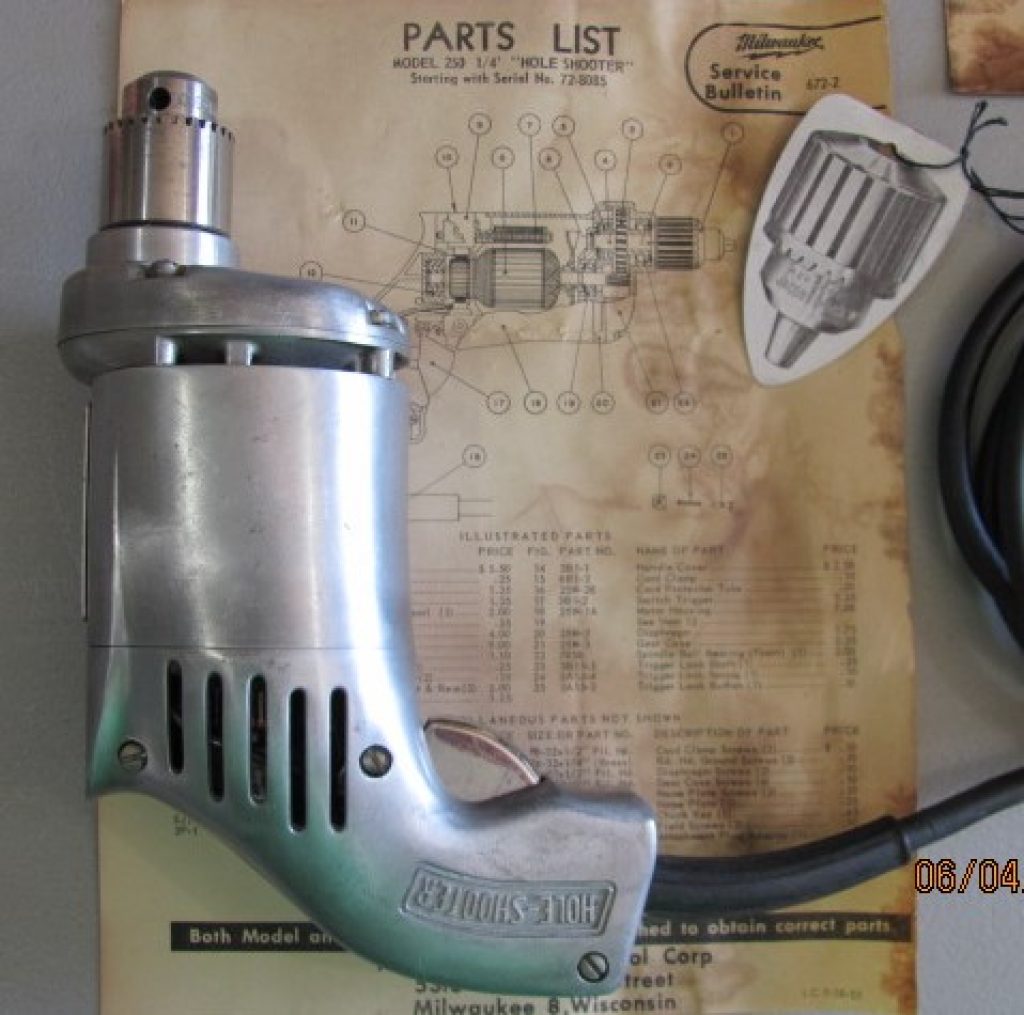
1965 – As they steadily grew, they kept expanding their tool lines and even upgraded their facilities with the building of the plant in neighboring Brookfield, Wisconsin.
1974 – They expanded outside the state of Wisconsin for the first time. By opening a facility in Jackson, Mississippi.
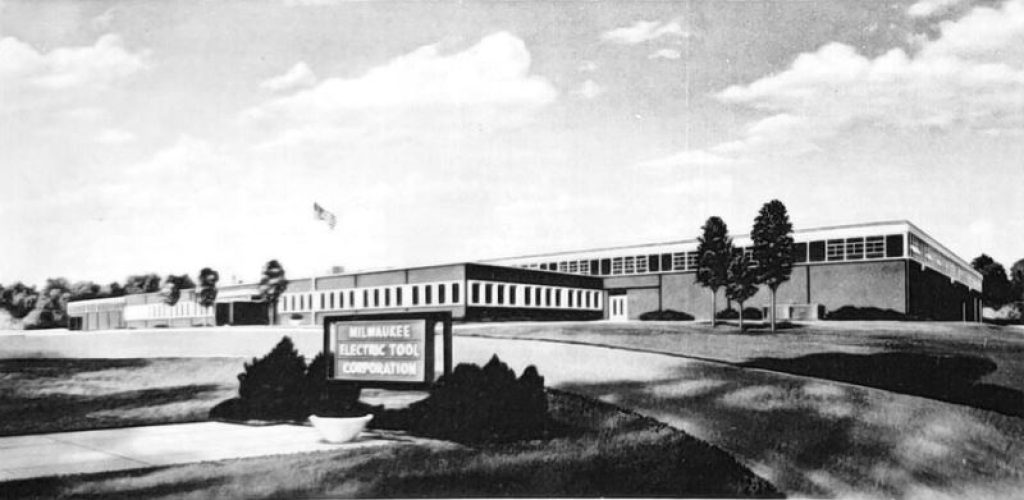
During this time they also released the Hole Hawg, the first ever drill created for large holes in residential construction. They also debuted the Magnum Hole-Shooter, their first 1/2” pro pistol drill and also became the first American Manufacturer to produce a 4-1/2” angle grinder.
1991 – After a couple of years of testing, they released the Super Sawzall. It came with built-in counterbalance, a gear-protecting clutch, and 5 different patents. The super Sawzall set a new worldwide standard for fast, vibration-free reciprocating saws.
Throughout the 90’s they kept expanding and improving their various tool lines. Including 18V Contractor Cordless Tools. They can be used with the same battery and charger system.
2008 – The company developed “Ice Hardened” strengthening technology, a cryogenic hardening process that enables a variety of accessories to last up to 50% longer than those of other competitors.
Ownership:
1922: A.H. Petersen Company founded by A.H. Petersen and A.F. Siebert.
1924: A.F. Siebert – Founded after the purchase of the remaining A.H. Petersen Company assets.
1975: Sold to Amstar
1986: Sold to Merrill Lynch
1995: Atlas Copco
2005: Techtronic Industries (TTI) see the “Who owns your favorite brand” page for more brands under the TTI umbrella.
Today:
A New Facility that opened in Aug 2022 in West Bend, Wisconsin will focus on making hand tools.
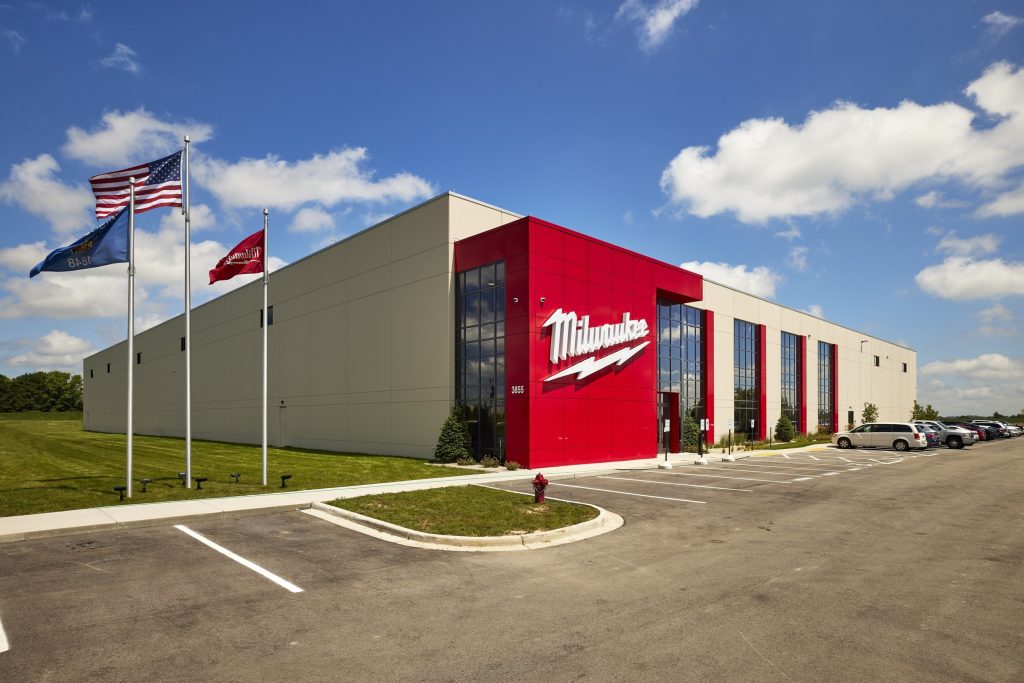
So there was a Brief overview of the History of Milwaukee Tools. A long history of innovation and quality with the Hole-Shooter, Sawzall, Hole Hawg, to today’s ever growing lineup of cordless tools and equipment.























